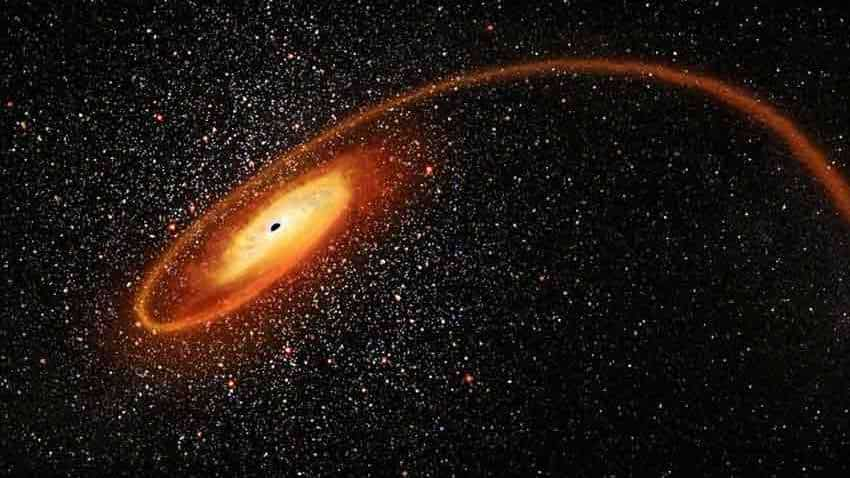Astronomers spot rare fast radio burst in our own Galaxy
A group of astronomers has for the first time detected a powerful fast radio burst (FRB) coming from a source in our own Galaxy, the Milky Way, which is 30,000 light-years away.

A group of astronomers has for the first time detected a powerful fast radio burst (FRB) coming from a source in our own Galaxy, the Milky Way, which is 30,000 light-years away.
On April 27 this year, two space observatories -- the Neil Gehrels Swift Observatory and the Fermi Gamma-ray Space Telescope -- detected multiple bursts of X-ray/?-ray emissions coming from the Galactic magnetar SGR 1935+2154.
Two radio telescopes -- the Canadian Hydrogen Intensity Mapping Experiment (CHIME) and the Survey for Transient Astronomical Radio Emission 2 (STARE2), in the United States -- also spotted an FRB from that sky region.
The FRB has since been named FRB 200428.
"FRB 200428 is the first FRB for which emissions other than radio waves have been detected, the first to be found in the Milky Way, and the first to be associated with a magnetar," the authors wrote in three papers in the journal Nature.
"It is also the brightest radio burst from a Galactic magnetar that has been measured so far -- which potentially solves a key puzzle in this field", said Amanda Weltman from University of Cape Town, South Africa.
The fast radio bursts, or FRBs are bright bursts of radio waves with durations roughly at the millisecond scale.
First discovered in 2007, their short-lived nature makes it particularly challenging to detect them and to determine their position on the sky.
Before the discovery of FRB 200428, the absence of X-ray and ?-ray bursts from repeating FRBs lent weight to certain magnetar theories of the origins of FRBs.
"But because no bright radio bursts had been observed coming from Galactic magnetars, it seemed unlikely that magnetars could be FRB sources at all. The discovery of FRB 200428 proves that magnetars can indeed drive FRBs," explained Anthony Walters, also from University of Cape Town.
Moreover, FRB 200428 is the first Galactic radio burst that is as bright as the FRBs observed in other, nearby galaxies, which also provides much-needed evidence that magnetars could be the sources of extragalactic FRBs.
"Moreover, the discovery highlights the need for international scientific cooperation in astronomy, and for sky coverage from multiple locations," the authors wrote.
Magnetars are highly magnetized young neutron stars that occasionally produce enormous bursts and flares of X-rays and Y-rays.
Get Latest Business News, Stock Market Updates and Videos; Check your tax outgo through Income Tax Calculator and save money through our Personal Finance coverage. Check Business Breaking News Live on Zee Business Twitter and Facebook. Subscribe on YouTube.
11:02 PM IST











 Stunning image! NASA's James Webb Telescope captures 'Phantom galaxy' like never before - view photo
Stunning image! NASA's James Webb Telescope captures 'Phantom galaxy' like never before - view photo Why early universe didn't self-annihilate decoded
Why early universe didn't self-annihilate decoded Universe is growing 5-9% faster than imagined: NASA
Universe is growing 5-9% faster than imagined: NASA